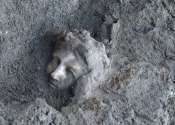Determining the safest Mars caves for future astronauts
When astronauts land on Mars someday, they might have to live in lava caves or lava tubes to survive the harsh radiation that rains down on the Martian surface every second. But which caves could offer them the best chance ...









